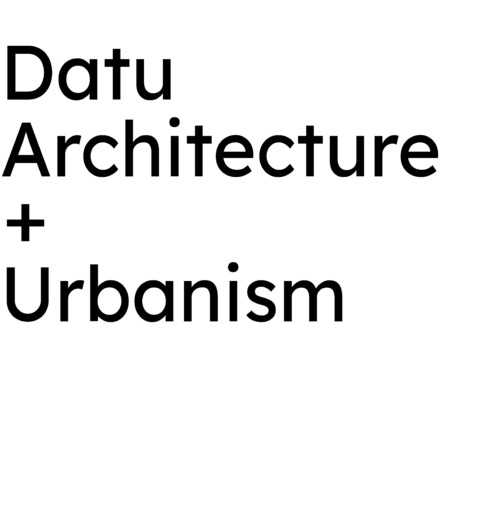It is always disappointing to hear architects express their resentment towards continuing professional development (CPD) requirements. It is even more frustrating to hear architects ask how the CPD activities they undertake can ‘get accredited’, since this is a sign of just how much confusion exists in the profession about CPD and how much potential is wasted as a result.
It should be understood that the NSW Architects Registration Board CPD policy makes architects ‘responsible for self-determining which CPD activities they undertake based on what they consider appropriate … Architects should be guided … by their own assessment of … the quality of the activity’. It is therefore superfluous for an architect to seek for an activity to ‘get accredited’ by some third party; the entity who validates the activity is the architect themselves using their own professional judgement. It is also the architect who determines whether the activity is considered formal according to the policy.
Any architect who is cynical about CPD is probably drawing from experience of low-quality, so-called ‘accredited’ activities from which they know they derive no benefit. But the correct course of action is to shun such activities and focus on real professional development opportunities. It is not to participate in low-quality activities, claim them in one’s activity record and then resent CPD in general.
No more free lunches
Speaking of low-quality activities, suppliers and manufacturers should be banned from providing CPD, and the words ‘product suppliers’ struck from the list of potential CPD providers in the Architects Registration Board’s policy. The whole notion is fatally structurally flawed. The conflict of interest between teaching architects construction principles and bending architects’ implementation of those principles towards their products is intrinsic and insurmountable.
The core of professional training is to teach architects how to make decisions in the interests of the client and the public. Dozens of decisions in sequence are required to reach the selection of a suitable product. The role of the manufacturer is to maximise the impression that those decisions lead to their product as often as possible. The way they create this impression is by selectively focusing on those later decision points that lead to the selection of their product, and by excluding the vast majority of decision points that do not, particularly the earlier, high-level decision points that demand the full range of an architect’s experience, training and foresight.
Learning anything about construction in this narrow, backwards way is antithetical to the learning an architect requires. Architects need to know the whole terrain across which decision points are encountered and choices made, not just one or two destinations within that vast terrain.
This is not to discount the genuine expertise and thoughtfulness with which some manufacturers’ representatives construct their presentations. But ironically, architects would learn more if we spent that time engaging in a genuinely expert and thoughtful conversation with suppliers and manufacturers about their products without any CPD window dressing, instead of pretending that flimsy questionnaires and strained ‘learning outcomes’ are furthering anyone’s professional development.
Teach each other
We’re all missing a really easy trick here. One category of formal CPD available to us is ‘activities relating to the preparation and delivery of CPD activities’. All we need to do is spend five hours identifying something meaningful from our own expertise that we can teach our colleagues for at least one hour or organising for experts in other fields to come into our offices to teach us.
To ensure that it is formal learning, we should also clearly articulate the learning outcomes and map them to the National Standard of Competency for Architects (eg 5.4 Evaluation of construction systems), and deliver it in a style that provides either a real structured assessment task or significant interaction with participants (the latter being easily achieved through a small seminar format). Do this and we will have created five points of formal CPD for ourselves and one point of formal CPD for everyone else in the room. Just being the person who organises such events for the company will be an easy five points for many architects.
A force for innovation
NSW contains 4,724 practising architects who spend 94,480 hours per year on CPD activities. That is a massive potential investment in the future of our profession. We should be using this time budget to make CPD a force for innovation and engagement.
There are so many ways that construction is evolving in response to fundamental challenges, from BIM and supply chain management, to engineered timber and advances in materials science, to new research and business models transforming workplaces, education and housing. And there are so many ways that architects could contribute to wider policy efforts reshaping our economy and society, in response to the construction industry crisis, bushfire reconstruction, the pandemic, climate change, inequality … the list goes on.
Imagine how dynamic our profession would be if we spent those thousands of hours developing ways to seek out knowledge from all of these fields, bringing together experts from across construction and research, sharing our hard-won expertise with one another, or deploying it in policy environments, instead of wasting them nodding politely around the lunchroom table.
This article was originally published in Life Lessons (2020), Architecture Bulletin 77(1).
